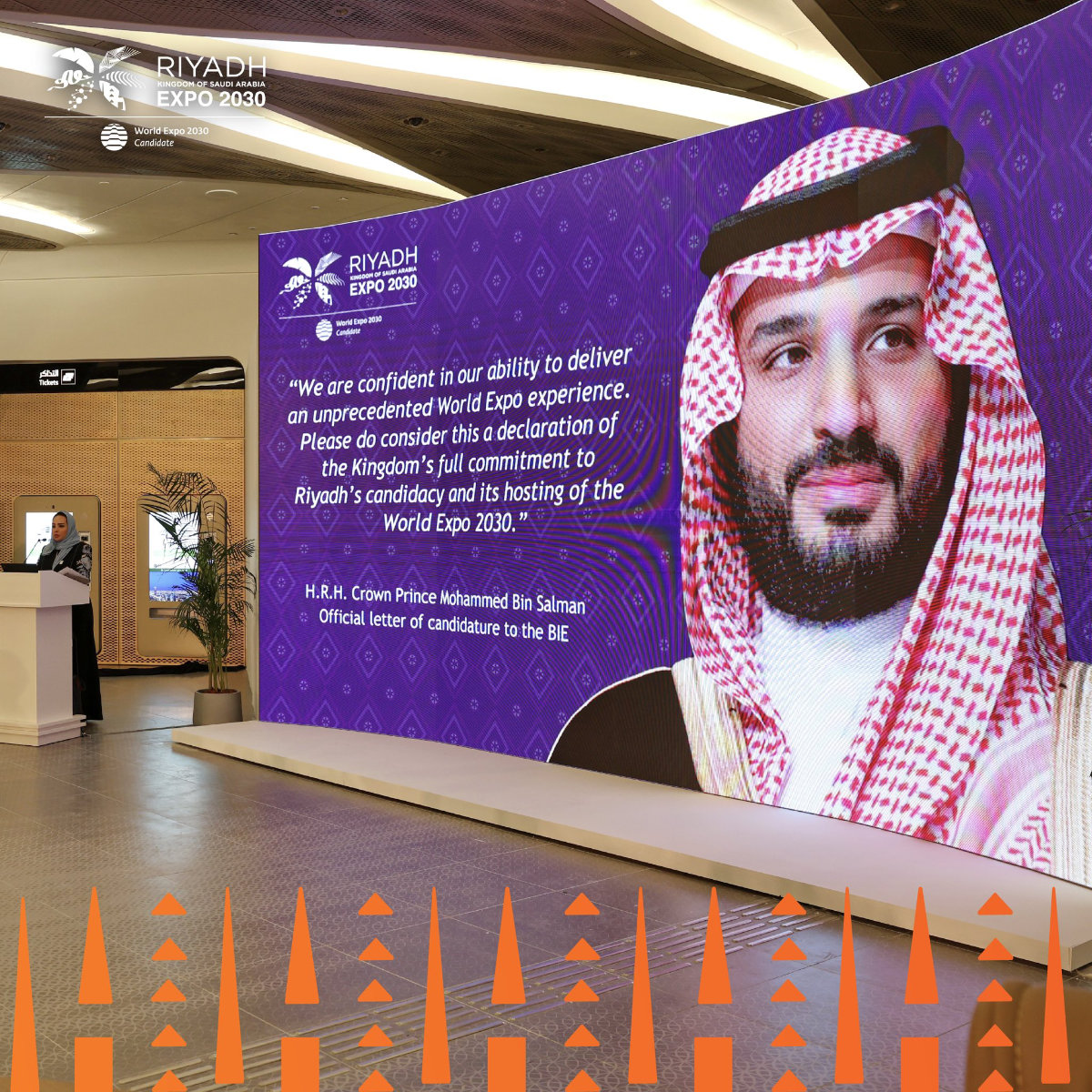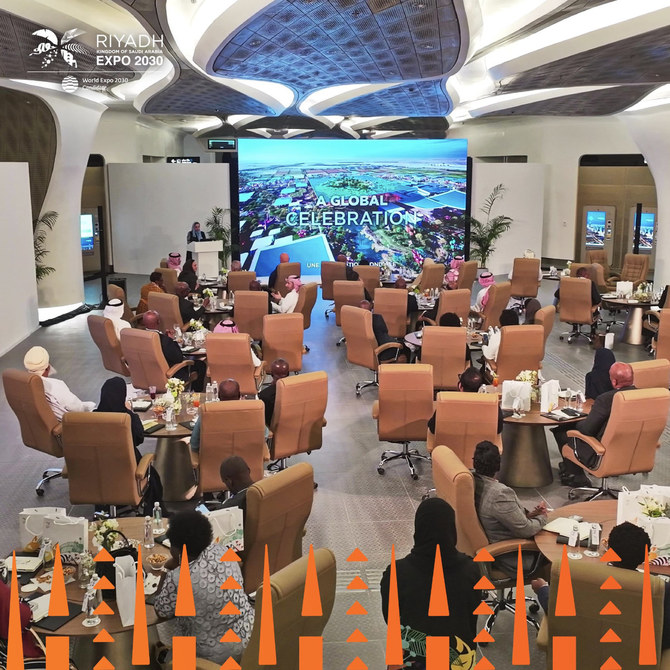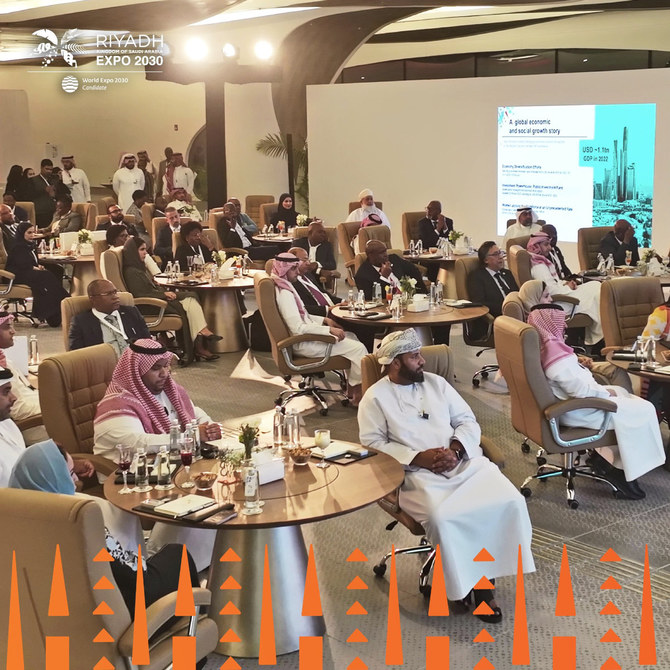RIYADH: The Royal Commission for Riyadh City held a reception for UNESCO World Heritage Committee members and briefed them on the Kingdom’s bid to host World Expo 2030 in the capital, Riyadh, the Saudi Press Agency reported on Friday.
Abdulaziz Alghannam, the technical director of the Riyadh Expo 2030 bid, said: “Riyadh Expo 2030 is part of the Kingdom’s endeavor to enable all countries to make an impact on the international scale, with the aim of creating a bright future for the planet under the theme ‘Together for a Foresighted Tomorrow.’”
Alghannam said that the “three sub-themes of Riyadh Expo 2030 represent the Kingdom’s vision to present the most impactful World Expo ever, collaborating for a better future, where ‘Prosperity for All’ seeks to achieve a prosperous and a peaceful planet in which science and innovation are accessible to all.”
He said that the sub-theme of ‘Climate Action’ promoted creative solutions to climate change by uniting international efforts, while ‘A Different Tomorrow’ sought to harness science, innovations and technologies to develop new tools for individuals and societies.

A picture of Saudi Arabia's Crown Prince Mohammed bin Salman is shown during the reception for the UNESCO World Heritage Committee in Riyadh. (X: @Riyadh_Expo2030)
Inspired by Saudi Vision 2030, Alghannam said: “Riyadh Expo 2030 pays great attention to the Kingdom’s civilization, rich heritage, ancient traditions, and cultural treasures, which we would be proud to showcase to visitors through immersive experiences.”
Alghannam said that the capital was “fully prepared to host the international exhibition and present the most impactful and unprecedented edition in the history of World Expo.”
The members of the UNESCO World Heritage Committee were briefed about the Kingdom’s ambitious goals for Riyadh Expo 2030 and the major development projects that will be ready by 2030.
They were also briefed on Riyadh Expo 2030’s sustainability plans, including clean energy, high standards of resource efficiencies, and detailed strategies to enhance and conserve biodiversity, eliminate food wastage, and green waste management and recycling.
The RCRC reception was held on the sidelines of the Kingdom’s hosting of the meeting of the World Heritage Committee in Riyadh from Sept. 10-25, in its capacity as the current chair of the UNESCO World Heritage Committee.

















